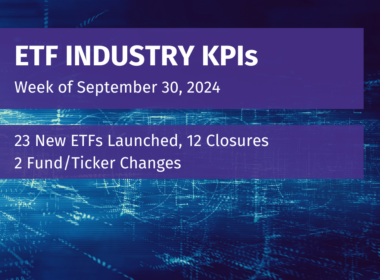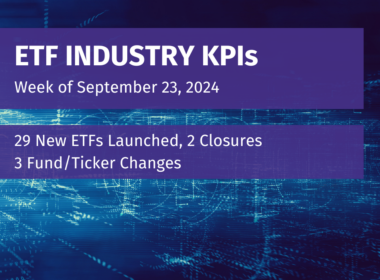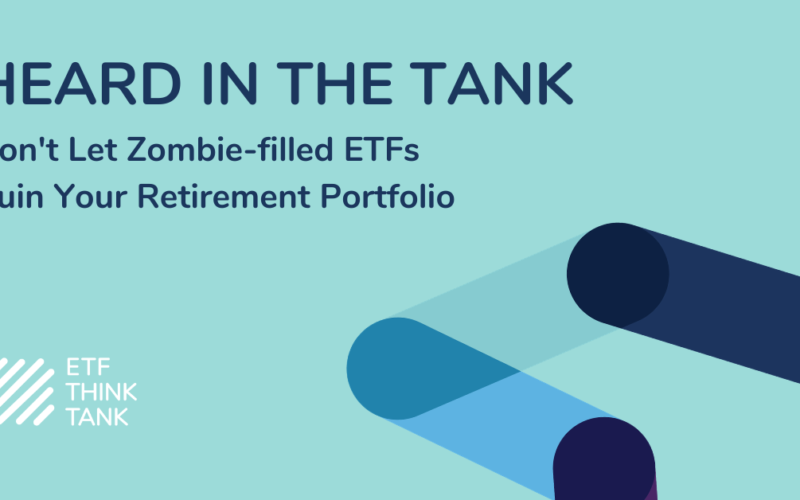ETF Sectors for Success
Due to a very uncertain first half, 2020 has been very complicated for investors. We experienced an unprecedented decline and a miraculous recovery, all while facing a pandemic, civil unrest, and many more unknowns. We have contended that, in a world full of unknowns, investors should abandon diversified beta and gravitate towards the companies that participate in the mega-trends accelerated by COVID-19. The first step is to avoid the “zombie” companies that are unlikely to survive this transformation in their current capital structure. The second step is to identify the themes and ETFs that are likely to thrive. In this week’s ETF Think Tank research note, we explore zombies and mega-trends through the lenses of sector investing.
The Sector Landscape
Before diving into the sectors for success, let’s review the opportunity set with the chart below from our ETF Security Master Database. Technology has increased in asset dominance with over $110 billion, while healthcare has seen gains in assets that have bled from the financial sector ETFs. The real surprise is the Real Estate sector, with 42 funds and $60 billion in assets. This is one of the most over-owned sectors, as demonstrated by our ownership influence application. ETF Think Tank members can access this software to evaluate which companies are being influence by passive flows. Currently, Real Estate stocks are three times more influenced by ETF flows than the average US equity. Finally, Thematic ETFs continue to grow with listings and assets, but performance, as we will review later, is a mixed bag.

Zombie Sector Selection
The chart below outlines the exposure to zombie industries that each basket of sector ETFs has. We then compared that to the asset weighted performance of each sector basket. There are some intuitive correlations, but also some surprises. First, the obvious: Technology and Healthcare have very little exposure to “zombie” companies, and both have strong performance this year. Real Estate has the most exposure as we all work from home. Along with decreased energy consumption, the declines in Real Estate and Energy are as expected. Now, onto the more anomalous results: Financials have low zombie scores, but terrible performance; the same is true for the flight to safety Utility sector. Additionally, the Consumer Discretionary sector is quite infected, but performance seems to have been propped up by government stimulus. The key is that sector investing can’t be passive when the world is changing so rapidly. Investors need to be more precise, which brings us to Thematic ETFs.

Growth is NOT just a Recovery
In our many conversations with advisors, either through ETF Think Tank meetings or our weekly happy hour, we consistently hear the question, “when will we see the markets recover and return to normal?” We attest that this is the wrong question. A recovery is not about “making the markets great again,” rather it is understanding that the new economy will be different and more innovative. Some industries that were in decline will disappear. Some industries that were nascent will thrive because they provide the innovations necessary to grow the new normal. Mega-trends like cyber security, contactless payments, online retail, blockchain encryption, e-sports, genomics, streaming and cloud computing are obvious beneficiaries of and solutions for the current crisis we face. The chart below outlines the market’s recognition of these trends. Growth and performance will require a different mindset, active management of passive assets, and precision that goes beyond beta.













